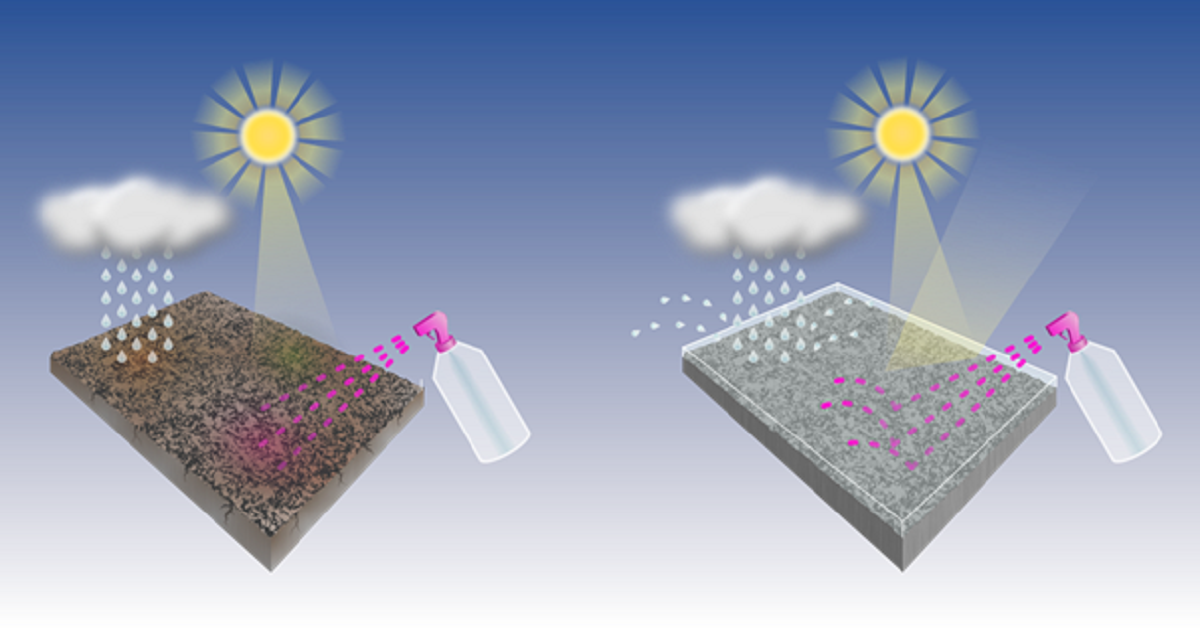Latest Research in Corrosion Mitigation and Protective Coatings
A special issue of Materials (ISSN 1996-1944). This special issue belongs to the section "Corrosion".
Deadline for manuscript submissions: 20 June 2024 | Viewed by 953

Special Issue Editors
Interests: mechanical properties; materials science; composites; corrosion; corrosion protection; colloids; publishing; polymer (nano)composites (physical, mechanical properties/testing); corrosion of metallic materials; corrosion protection coatings; biocompatible materials; coatings; surface (nano)structuring
Special Issues, Collections and Topics in MDPI journals
Interests: electrochemistry; analytical chemistry; surface analysis; corrosion; thin coatings; biomaterials
Special Issues, Collections and Topics in MDPI journals
Special Issue Information
Dear Colleagues,
The scope of this Special Issue “Latest Research in Corrosion Mitigation and Protective Coatings” includes research on the latest developments in corrosion protection, and it offers a comprehensive understanding of the mechanisms behind the effective mitigation of degradation processes.
The present Special Issue focuses on improved corrosion properties of metallic, non-metallic and composite coatings through the use of different engineering approaches to increase their durability in various demanding applications. It is highly recommended to present your research on non-metallic and metallic coatings through the use of novel approaches of defining corrosion properties via electrochemical, spectroscopic and other techniques.
Submitted papers are expected to discuss different aspects of processes including physical and chemical vapor deposition, atomic layer deposition, thermal and plasma spraying, directed energy techniques, wet chemical and electrochemical processes and techniques based on nanotechnology. The papers should provide a comprehensive insight into corrosion resistance, mechanical properties and surface and interface characterization, with an emphasis on enhanced functional performance for different applications.
Dr. Marjetka Conradi
Dr. Aleksandra Kocijan
Guest Editors
Manuscript Submission Information
Manuscripts should be submitted online at www.mdpi.com by registering and logging in to this website. Once you are registered, click here to go to the submission form. Manuscripts can be submitted until the deadline. All submissions that pass pre-check are peer-reviewed. Accepted papers will be published continuously in the journal (as soon as accepted) and will be listed together on the special issue website. Research articles, review articles as well as short communications are invited. For planned papers, a title and short abstract (about 100 words) can be sent to the Editorial Office for announcement on this website.
Submitted manuscripts should not have been published previously, nor be under consideration for publication elsewhere (except conference proceedings papers). All manuscripts are thoroughly refereed through a single-blind peer-review process. A guide for authors and other relevant information for submission of manuscripts is available on the Instructions for Authors page. Materials is an international peer-reviewed open access semimonthly journal published by MDPI.
Please visit the Instructions for Authors page before submitting a manuscript. The Article Processing Charge (APC) for publication in this open access journal is 2600 CHF (Swiss Francs). Submitted papers should be well formatted and use good English. Authors may use MDPI's English editing service prior to publication or during author revisions.
Keywords
- corrosion protection
- coatings
- coating/metal interface
- electrochemical characterization
- mechanical properties
- surface analysis







